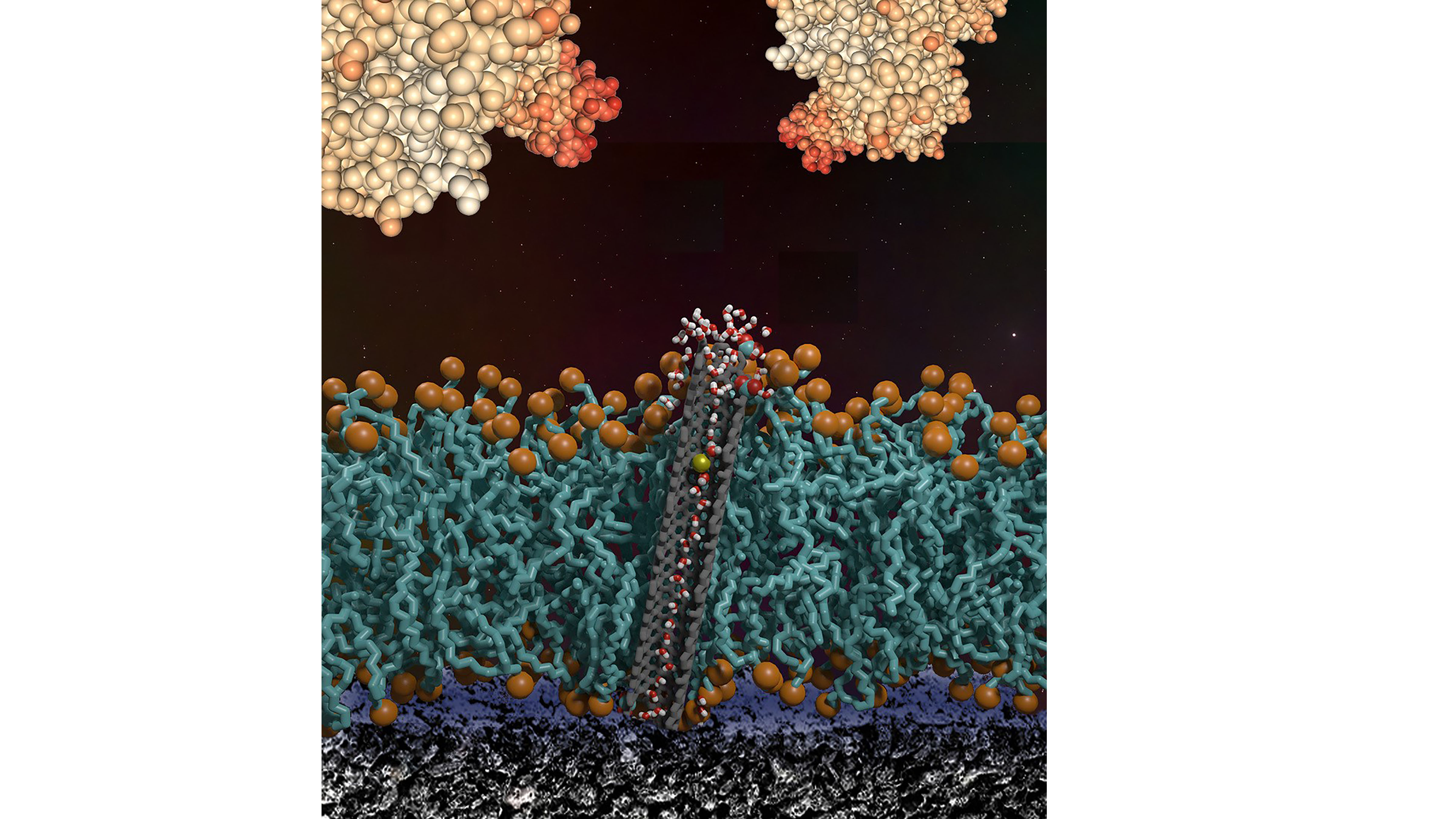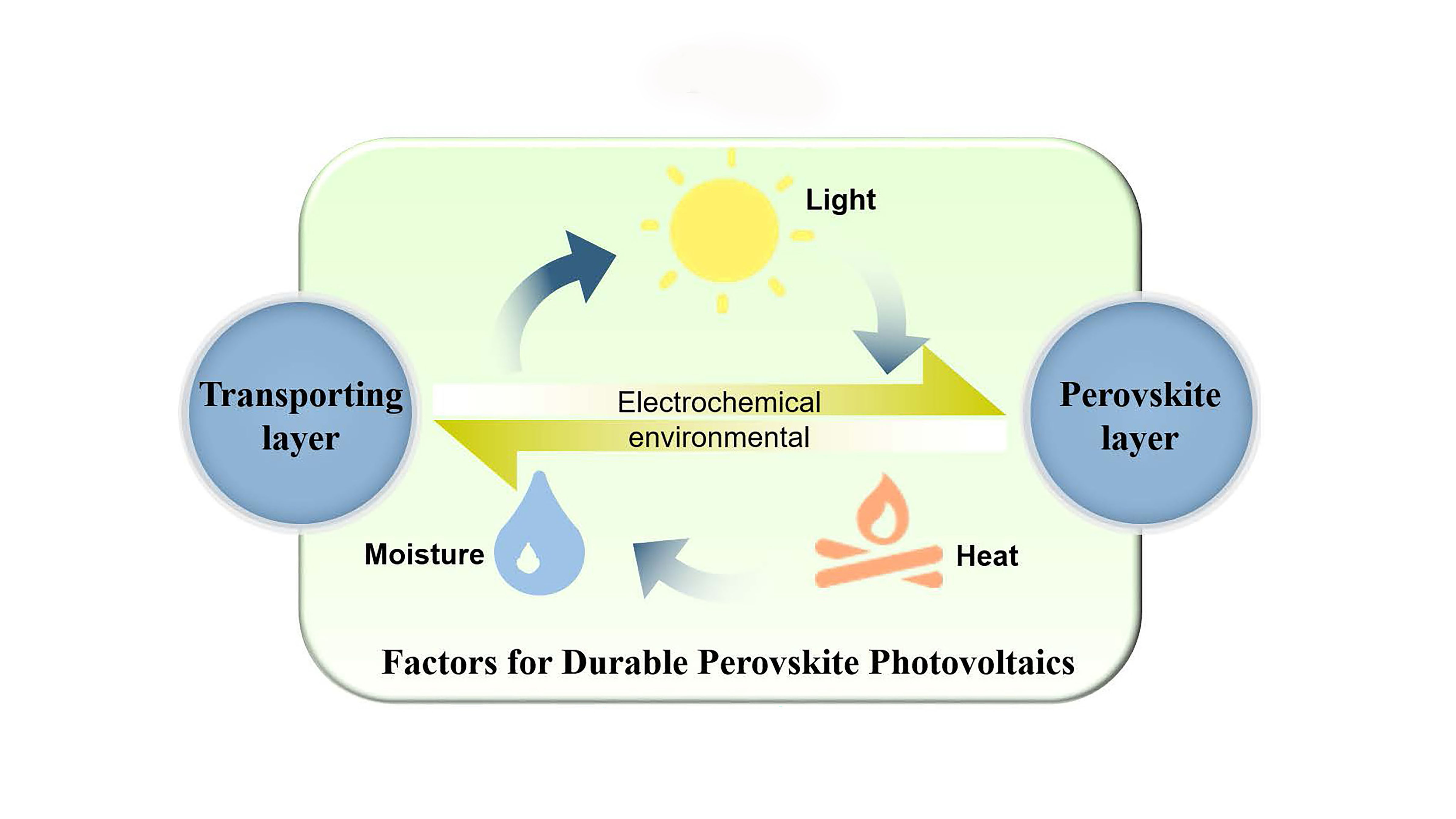Common semiconductor materials for solar cells, such as silicon, must be grown via an expensive process to avoid defects within their crystal structure that affect functionality. But metal-halide perovskite semiconductors are emerging as a cheaper, alternative material class, with excellent and tunable functionality as well as easy processability.
Tag: APL Materials
Tracking Muscle Activity with Clothes on Your Back
In APL Materials, researchers have developed a bioelectrical sensor that is convenient and low-cost. The sensor measures electromyography signals that are generated in muscles when they contract and are useful for studying muscle fatigue and recovery, and they have the potential to inform diagnosis and treatment of neuromuscular diseases. The biosensor, made of silver paste with a layer of gold nanoparticles on top, is directly integrated onto a piece of clothing. The result was a detector that was both conductive and nonirritating to the skin.

Biosensors Require Robust Antifouling Protection
Some promising biosensors and medical devices work well within pristine laboratory environments but may stop working once exposed to real-world conditions. A thick layer of foulants will quickly cover biosensors, and there is no good way to revive them once they quit working. Essentially, a biosensor is only as good as its antifouling properties. In APL Materials, researchers review a variety of approaches developed to combat fouling.

Promising Strategies for Durable Perovskite Solar Cells
Perovskite materials are increasingly popular as the active layer in solar cells, but internal forces in these materials cause distortions in their crystal structures, reducing symmetry and contributing to their intrinsic instability. Researchers at Soochow University examined the mechanisms at play, as well as several degradation factors that influence the performance of perovskite photovoltaics. In APL Materials, they clarified the factors influencing the degradation and they summarized some feasible approaches for durable perovskite photovoltaics.